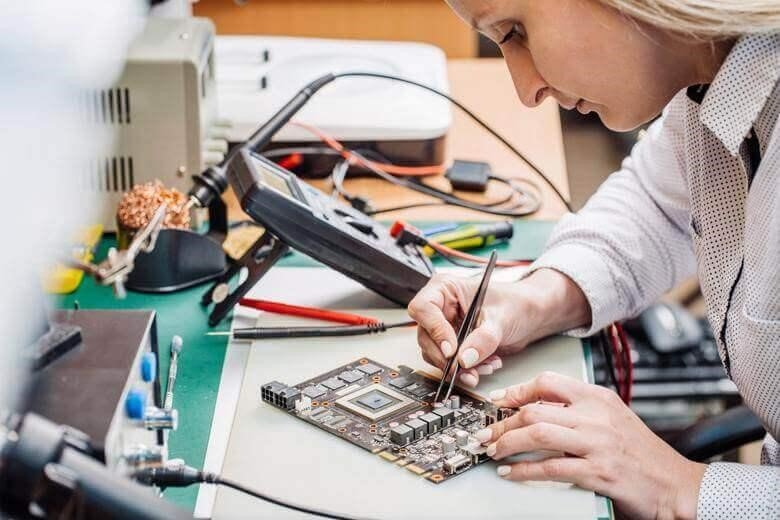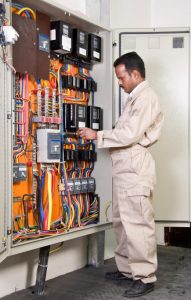
In the realm of automotive technology, electric cars have emerged as a revolutionary innovation, reshaping our understanding of transportation. This article aims to delve into the mechanics of how electric cars work, offering a comprehensive and professional insight into this fascinating subject.
Electric cars, unlike their conventional counterparts, operate on electricity rather than fossil fuels. This fundamental difference brings about a significant shift in the mechanics of the vehicle, which we will explore in detail.
- Power Source: The Heart of Electric Cars
The primary power source of an electric car is its battery pack, typically composed of lithium-ion cells. These high-energy-density batteries store the electricity that powers the vehicle. The capacity of these batteries, measured in kilowatt-hours (kWh), determines the range of the electric car.
- Electric Motor: The Muscle of Electric Cars
The electric motor is the equivalent of an internal combustion engine in a conventional car. It converts electrical energy stored in the battery into mechanical energy, propelling the car forward. The efficiency of electric motors far surpasses that of internal combustion engines, making electric cars more energy-efficient.
- Regenerative Braking: The Energy Recycler
One of the unique features of electric cars is regenerative braking. When the driver applies the brakes, instead of merely dissipating the kinetic energy as heat, the electric motor operates in reverse as a generator, converting the kinetic energy back into electrical energy, which is then stored in the battery. This process significantly enhances the efficiency and range of electric cars.
- Power Electronics Controller: The Brain of Electric Cars
The power electronics controller is a crucial component that manages the flow of electrical energy delivered by the battery. It regulates the torque produced by the electric motor, controls the speed of the vehicle, and oversees the function of regenerative braking.
- Charging System: The Lifeline of Electric Cars
Electric cars are charged through a charging station, which can be installed at home or found at public charging points. The charging speed depends on the power rating of the charger and the car's onboard charging capacity.
- Thermal Management System: The Guardian of Electric Cars
The thermal management system maintains optimal operating temperatures for the battery, electric motor, and power electronics. It is crucial for the longevity, performance, and safety of electric cars.
In conclusion, the mechanics of electric cars involve a complex interplay of various components, each playing a vital role in the vehicle's operation. As technology continues to evolve, we can expect further advancements in these mechanics, making electric cars even more efficient, reliable, and sustainable.


